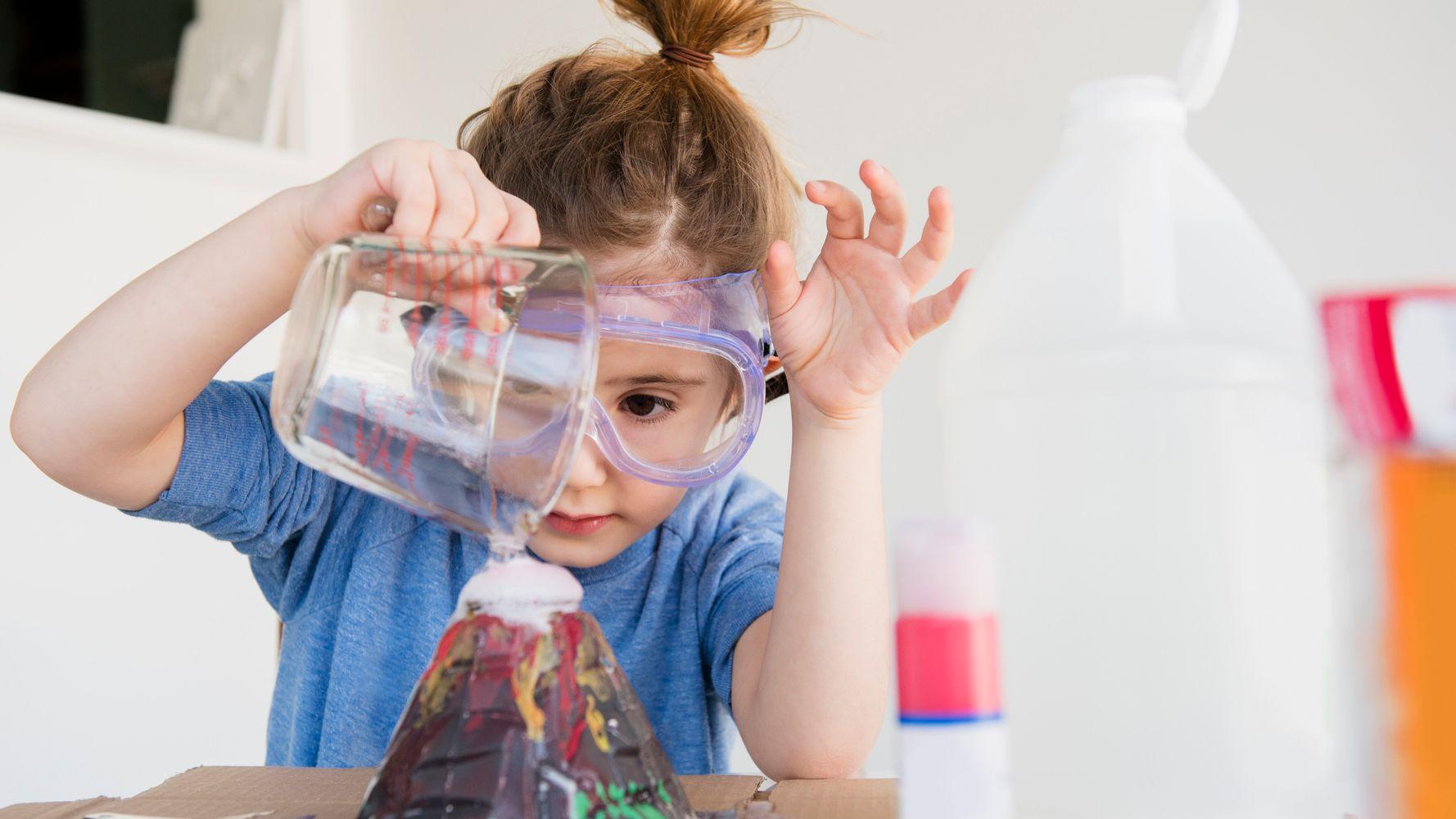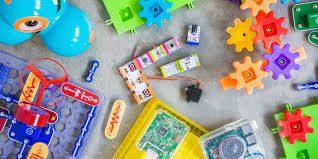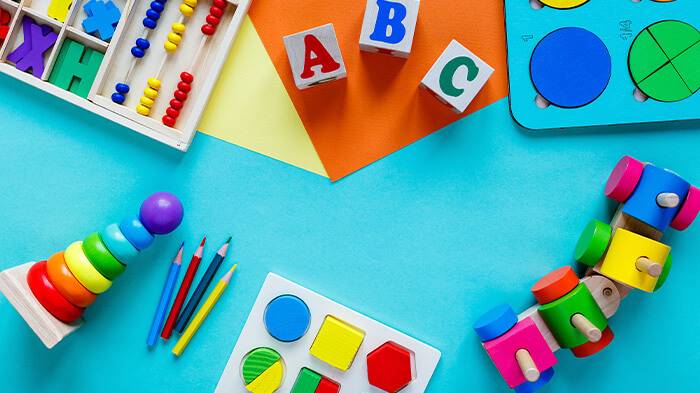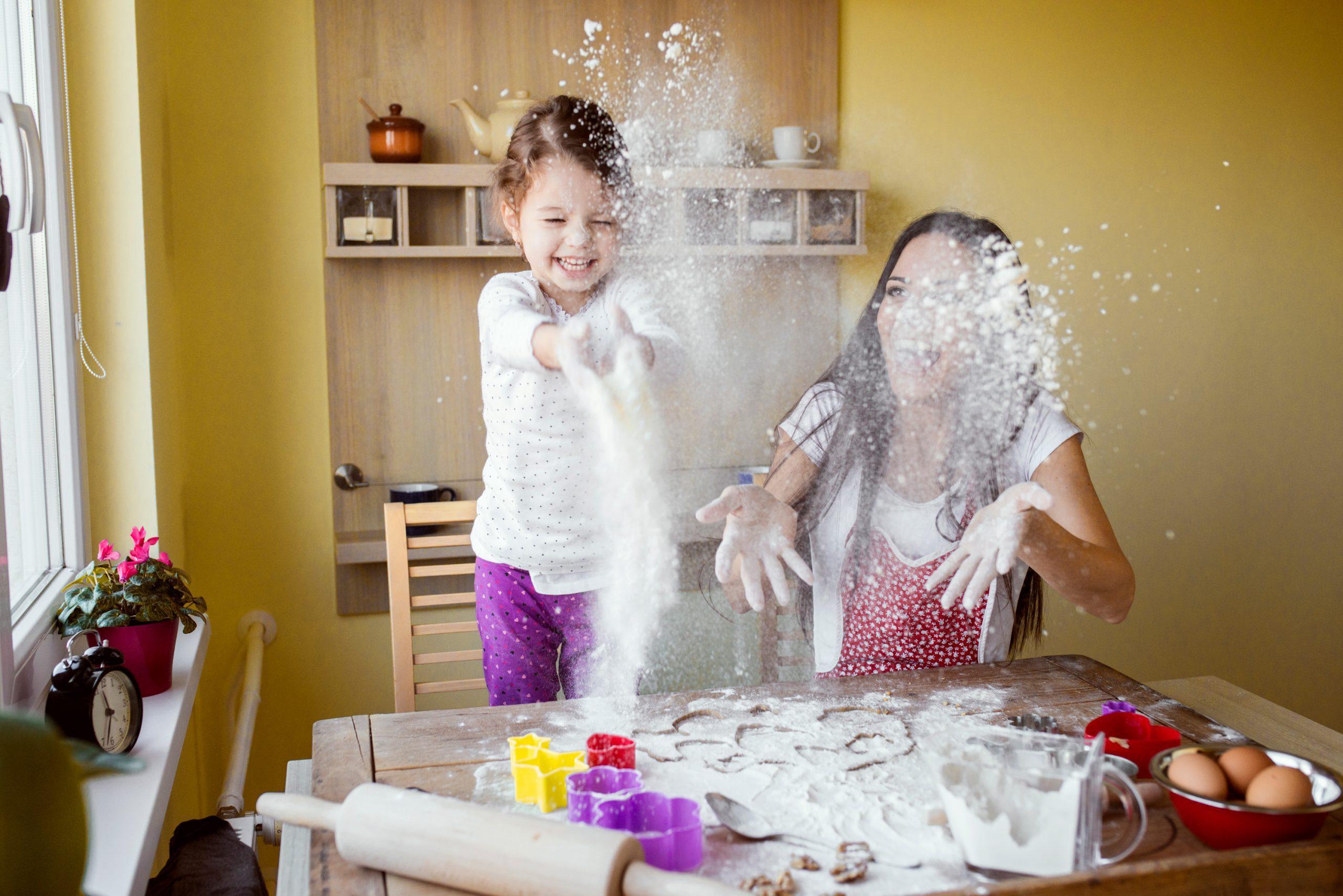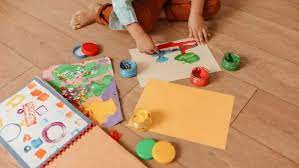There’s nothing quite like the thrill of watching a homemade volcano erupt right before your eyes. The volcano science experiment is a timeless classic that not only sparks curiosity and excitement but also provides a hands-on learning experience about chemical reactions and geology. It’s a perfect blend of fun and education, making it a must-try for kids and parents.
Why Choose the Volcano Science Experiment?
The volcano science experiment is ideal for young scientists because it is simple to set up, uses common household materials, and provides an unforgettable demonstration of scientific principles. Kids will love the dramatic eruption, and parents will appreciate the educational aspects that this experiment offers.
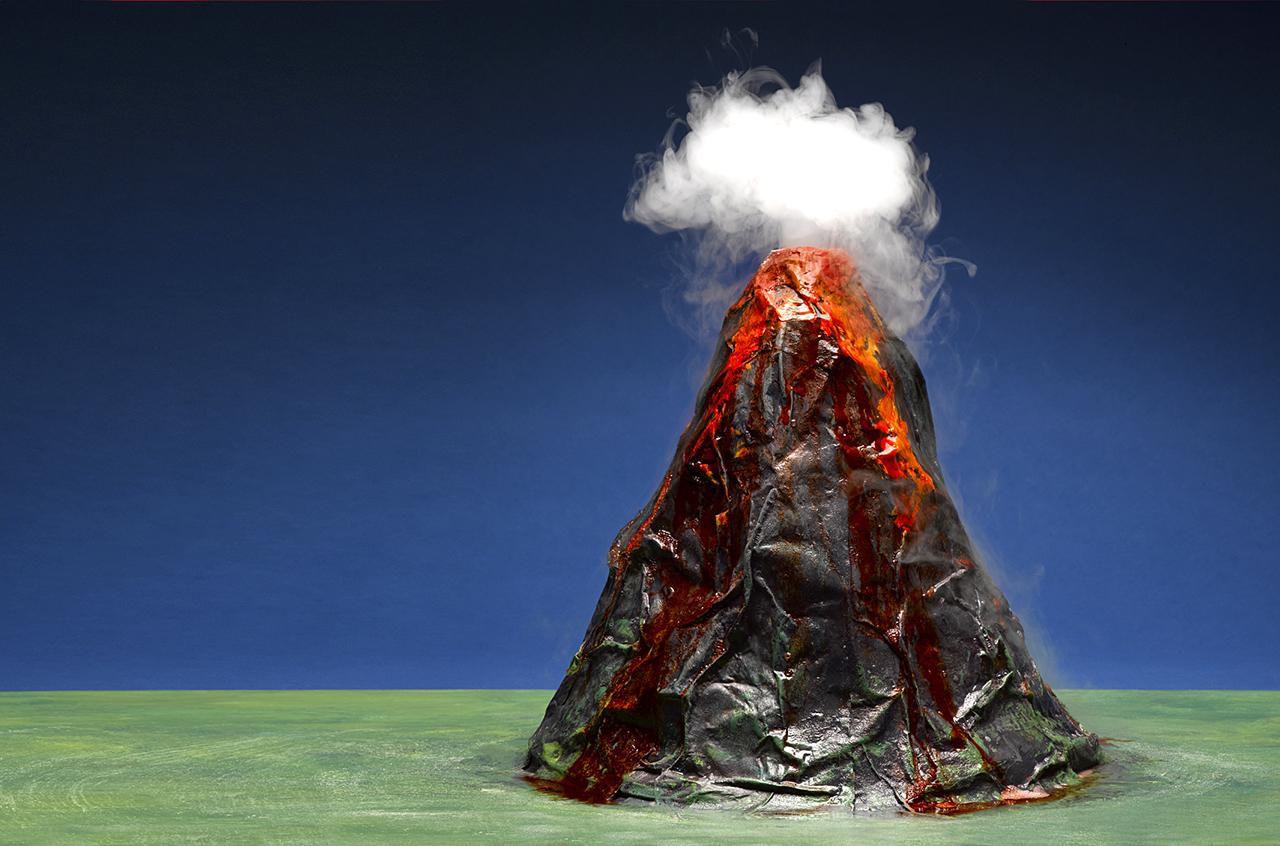
Materials Needed
Before we dive into the step-by-step instructions, let’s gather the materials you’ll need for the volcano science experiment:
- Baking soda
- Vinegar
- Dish soap
- Red food coloring
- A plastic bottle (small size)
- Construction paper (for making the volcano structure)
- Tape or glue
- A tray or large dish (to contain the mess)
- Warm water
Setting Up Your Volcano
- Build the Volcano Structure:
- Use the construction paper to create a cone shape that will act as the volcano’s exterior. Secure it with tape or glue around the plastic bottle, ensuring its opening is at the top of the cone.
- Place the volcano on the tray or dish to catch the overflow during the eruption.
- Prepare the Eruption Mix:
- Add a few tablespoons of baking soda to the plastic bottle.
- Add a small amount of dish soap. This will help create more bubbles during the eruption.
- Optionally, add red food colouring to make the lava look more realistic.
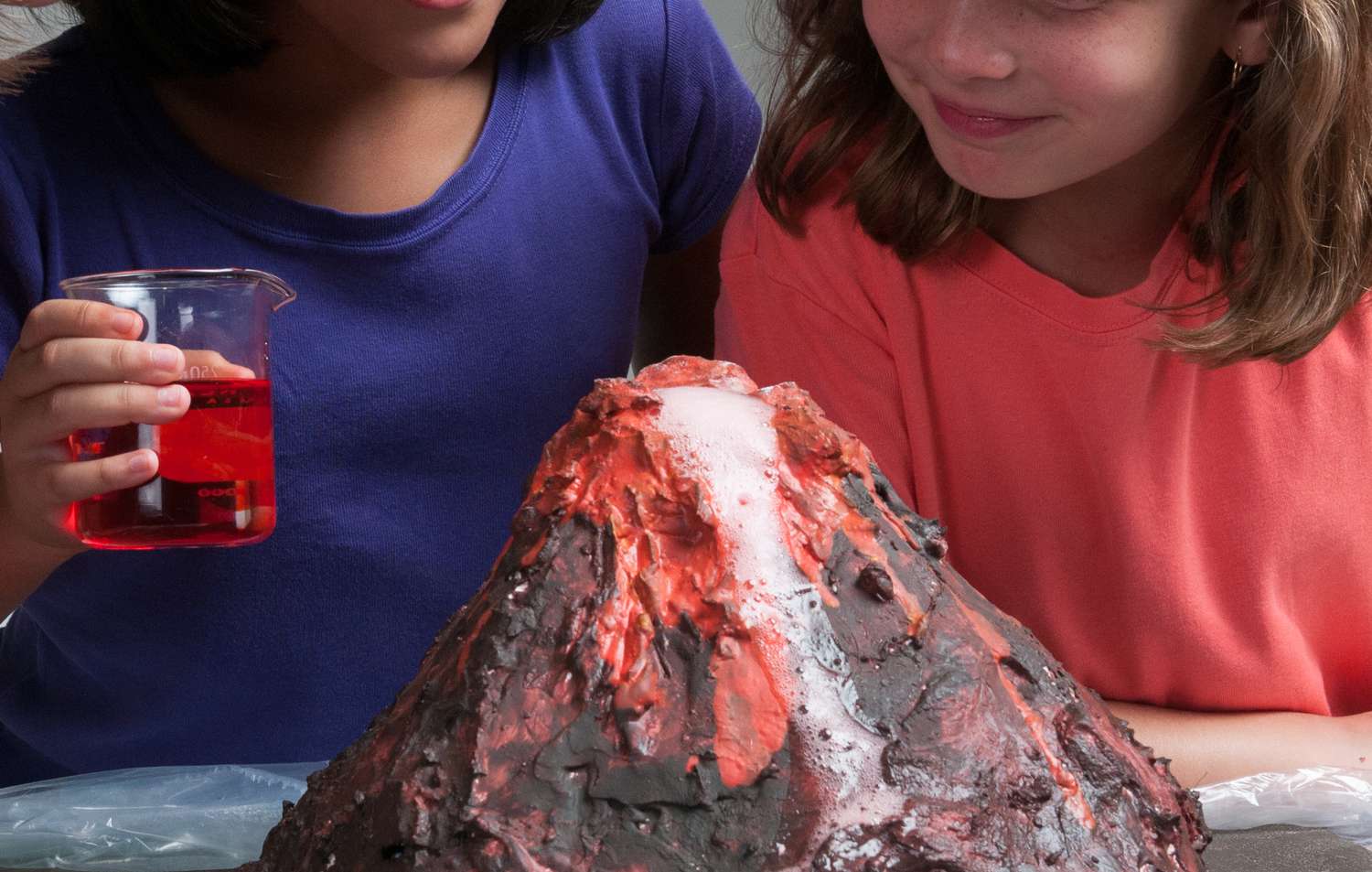
The Science Behind the Volcano Science Experiment
Understanding the science behind the volcano science experiment enhances the educational value. This experiment demonstrates an acid-base reaction. In simpler terms, when baking soda (a base) reacts with vinegar (an acid), it produces carbon dioxide gas. The gas forms bubbles, causing the liquid to froth and erupt like lava from a volcano.
Conducting the Experiment
- Erupt the Volcano:
- Slowly pour vinegar into the bottle over the baking soda mixture. For a more vigorous reaction, you can use warm water mixed with vinegar.
- Watch as the mixture bubbles up and flows out of the volcano, simulating a volcanic eruption.
- Discuss the Results:
- Talk with your child about what they observed during the experiment. Discuss why the reaction happened and what actual volcanic eruptions involve.
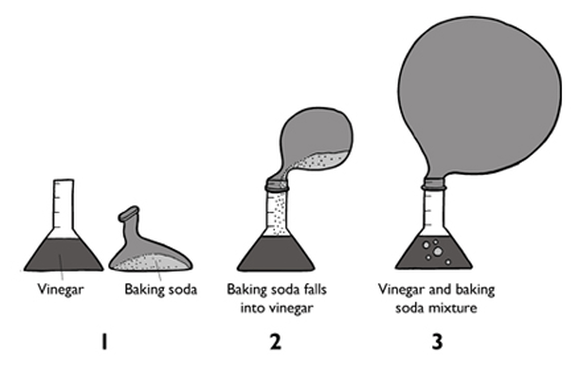
Adding Educational Value
The volcano science experiment is not just about fun; it’s an excellent opportunity to teach children various scientific concepts:
- Chemical Reactions: Explain how the baking soda and vinegar react to form carbon dioxide gas.
- Geology: Discuss how real volcanoes work, the types of volcanoes, and why they erupt.
- Observation and Prediction: Encourage your child to predict what will happen when the vinegar is added and observe the changes.
Enhancing the Experiment
To make the volcano science experiment even more engaging, try these variations:
- Different Colors: Use various food colouring to make multi-coloured lava.
- Different Volcano Shapes: Experiment with different materials and shapes for the volcano structure.
- Experiment with Quantities: Change the amounts of baking soda and vinegar to see how it affects the eruption.
Conclusion
The volcano science experiment is a fantastic way to introduce children to the wonders of science. It’s easy to set up, fun to watch, and packed with educational value. Whether you’re a parent looking for a rainy-day activity or a teacher seeking an engaging science lesson, this experiment will surely be a hit. So, gather your materials and prepare to explore the explosive world of volcanoes!
